SOTP: State-of-the-Pandemic
The pandemic's 2nd biggest wave of infections and what the JN.1 variant is telling us
We’ll soon be getting past the peak of the JN.1 variant wave in the United States, which by wastewater levels of SARS-CoV-2 (CDC latest update, 1/4/24, graph by Lucky Tran) equates to the 2nd biggest wave of infections since the pandemic began.
Without any current ability to directly track the number of new cases, wastewater is the only reliable metric that we have to work to derive estimates. Jay Weiland has been closely following the Biobot.io and CDC wastewater data and modeling the number of infections that data represent. As of December 30th data, his work showed there were 1.6 million new infections per day with a steep slope of rise, to get to the estimate of ~2 million infections each day at peak of the JN.1 wave, which we’re approaching soon, hopefully.
As anticipated, the latest CDC genomic data today indicates the takeover of JN.1 to achieve dominance (>50%), now accounting for 62% of new cases. You can see the exponential growth of this variant (purple bars below), which first came on the scene in September.
The JN.1 is a worldwide wave, with a very rapid rise to global dominance, as seen below. We were warned many weeks ago seeing unprecedented wastewater levels of the virus as this variant took hold in several European countries.
In Context
By invitation, I wrote an oped for the LA Times this week to summarize the current status; the digital version has the links to data and studies cited. I won’t repeat many of the points here that I already made in the essay. This edition of Ground Truths gives me an opportunity to expand on that and get into a few other updates.
While infections have clearly surged, the increase in Covid hospital admissions has fortunately not gone up proportionately, as updated by CDC today to 30 December.
But you can see in the graph above that among people age 70+ Covid hospital admits are still on the way up and getting close to what occurred in the BA.X (BA.2, BA.5) waves following Omicron in January 2022. Unfortunately, less than 37% of people age 70+ have had the updated XBB.1.5 booster. The lack of an overall major spike in hospitalizations is encouraging and likely reflects cumulative exposure to the virus over the past 4 years, whether it be through vaccinations and boosters, or infections, or their combinations. There’s certainly some level of population-based immunity. Yet persistent vulnerability in people of advanced age is notable.
The Kaiser Permanente Booster Report
That takes us to the recent Kaiser Permanente preprint on booster vaccination with the updated, monovalent XBB.1.5 in Southern California between 11 October and 10 December with the recent and current circulating variants. Of over 4,000 cases and nearly 20,000 test-negative controls, there was a ~60% protection against hospitalization and emergency room visits for the updated booster. On the other hand, people who had been vaccinated with the original “wild-type” primary series, original booster, and the BA.5 bivalent booster did not show enhanced protection (Figure below), likely reflecting the long gap of time from when those prior versions of vaccines were administered, and the waning immunity that we’ve seen at 4 to 6 months when protection tails off. The comparisons below are in groups of people who had admixture of infections, so any interpretation must take that confounding into consideration.
Omicron Events
We’ve only had new, hyper-mutated variants show up twice during the course of the pandemic. When Omicron came on the scene in November 2021, it had more than 30 new mutations in the spike protein. Similarly, when BA.2.86 showed up last summer and subsequently evolved to JN.1 (with one added critical spike mutation), there were over 30 mutations from a previous dominant recombinant variant XBB.1.5, as shown by the changes in sequence (color coded) below.
Both these events likely arose from rapid, extensive, in vivo (in the body) evolution within an immunocompromised individual and subsequent transmission to others. After Omicron, the likelihood of seeing another new hyper-mutated this soon (in <24 months) was deemed low, about 15-20% by a panel of 10 experts. Now that it has occurred and resulted in a substantial wave of infections, our expectation to see another Omicron-like event should be raised. While it’s likely that the next one will not override all of the immunity to the virus that has built up over the preceding 4 years, it’s clear that both immunity waning and major changes in the virus (within and outside the spike protein) could pose a challenge beyond what has been seen with JN.1. Daniele Focosi just reviewed all the 4 lab studies of JN.1, which used a pseudovirus, not live, authentic JN.1, and quantified the immune evasiveness of this variant. We were fortunate with JN.1 that there was evidence of some cross-reactivity for neutralizing antibodies between XBB.1.5 and JN.1 that helped the booster induce some immune response that might otherwise not been anticipated. That’s luck, folks. It may not happen again with the next “updated” booster in 2024 or 2025. Parenthetically, Ryan Hisner has posted an extensive thread about possible evidence for deer-to-human transmission which would provide another potential pathway beyond immunocompromised for such an event to occur in the future.
Long Covid
There isn’t adequate acknowledgement of the risk of Long Covid—or the protection from vaccination. When you think of up to 2 million Americans getting infected in a day, even if only 1% go on to suffer from chronic Covid, which can be profoundly debilitating, that’s 20,000 eventual new long haulers added to the millions here already affected. In one day. The current wave has gone on for weeks and estimates are that 4-5% of Americans have Covid now and up to 1 in 3 will have been infected during the wave cumulatively.
A recent meta-analysis of 24 studies looking at whether Covid vaccines protect from Long Covid provides encouraging evidence that there’s about 70% reduction of risk. That’s second only to not getting Covid, which of course provides 100% protection from Long Covid.
That level of protection from the meta-analysis was backed up from a recent report from Sweden with a 73% reduction of risk of Long Covid. Most of these data (meta-analysis and Sweden) are based on at least 3 doses of vaccines.
On the mechanistic front of Long Covid, a new paper advanced the mitochondrial dysfunction hypothesis with demonstration from muscle biopsies (and compared with healthy controls) of exercise-induced myopathy and abnormal muscle metabolomics, no less infiltration of amyloid-containing deposits in muscle tissue. This provocative report aligns with a previous Ground Truths I wrote on the importance of mitochondrial dysfunction with Long Covid. In the last week, an open-access Nature feature on Long Covid in low and middle income countries was published along with an extensive interview I did at The Sick Times on where we are headed.
The Exit Strategy
With more Omicron events virtually inevitable, it’s just a matter of time until we face a déjà vu of a massive number infections, more people debilitated by Long Covid, all added to the toll of hospitalizations and deaths that mainly, but not exclusively, occur in people of advanced age. Like Omicron, JN.1 tells us very clearly what happens with a new, hyper-mutated, immune evasive variant—the second biggest wave in terms of infections. While the virus will continue to find new entrance mechanisms to get into our upper airway, we have no meaningful exit strategy to protect against these infections, their spread, and future variants. That can potentially be achieved with the mucosal immunity provided by nasal or oral vaccines, as I recently reviewed here and here. Unless we can block infections with such new vaccines, we’re stuck in the mosaic state of vulnerability, denialism, and false hope that the pandemic is over. Not to get overly anthropomorphic, but JN.1 has once again spoken that it’s not over. Or the Yogi Berra aphorism. Nevertheless, I remain optimistic that this off-ramp will eventually get done—just not soon enough.
Special thanks to Jay Weiland, Lucky Tran, Daniele Focosi, and Ryan Hisner whose indefatigable work helped me put this edition together.
Thanks for reading and subscribing to Ground Truths. Please share this post if you found it helpful.
All content—newsletters and podcasts—are free.
All proceeds from voluntary paid subscriptions go to Scripps Research.

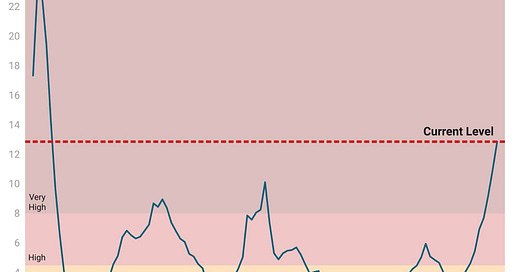



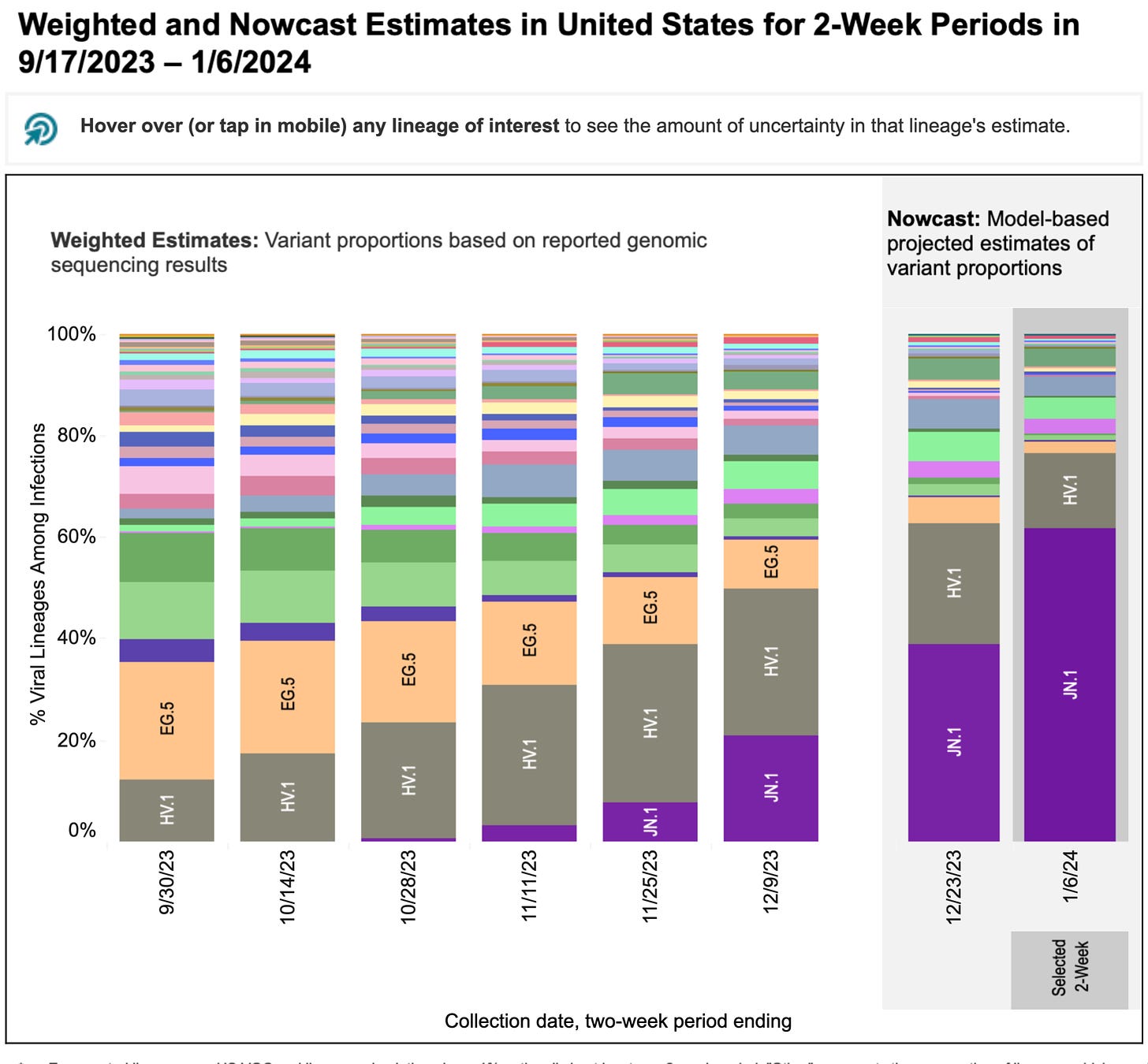
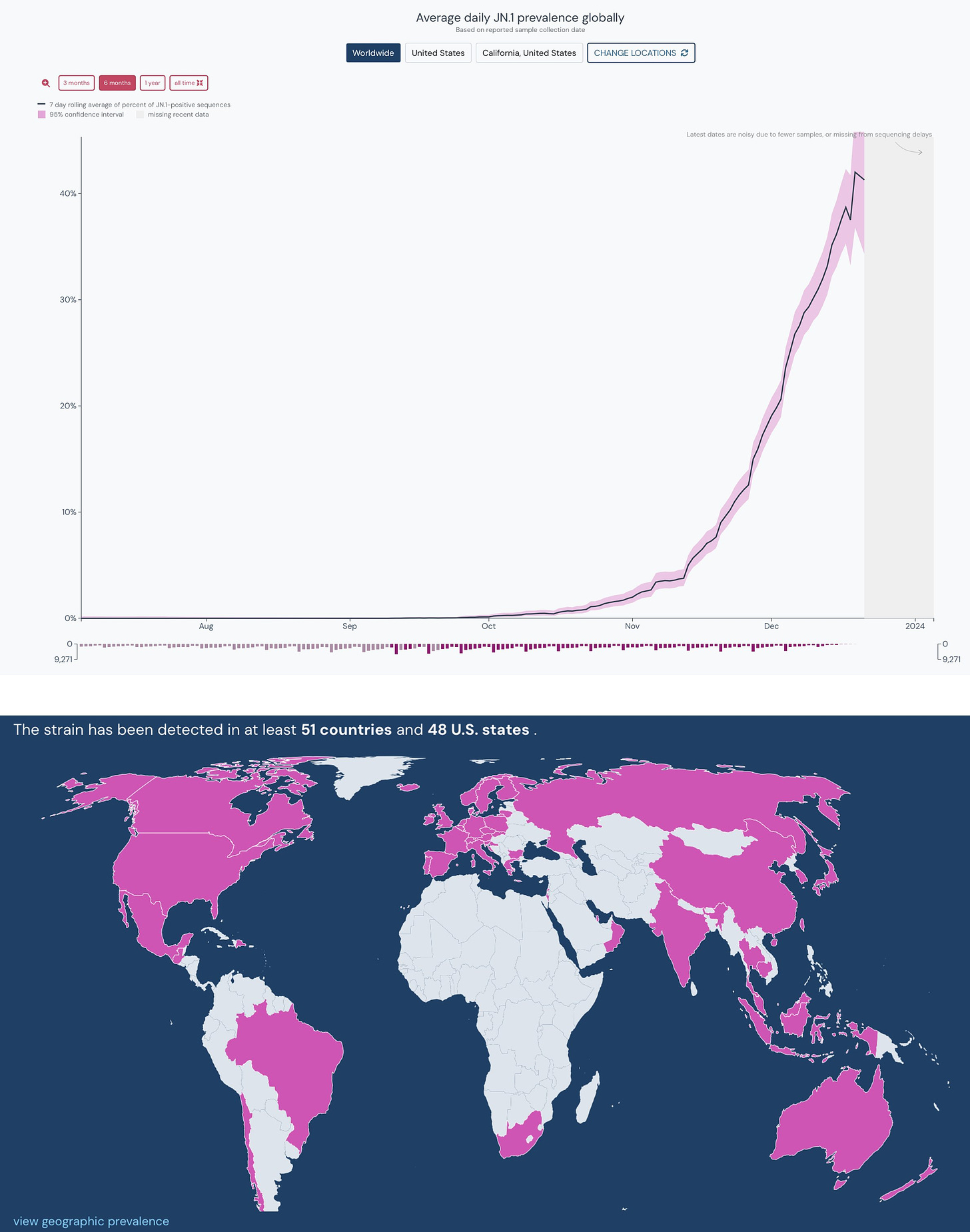

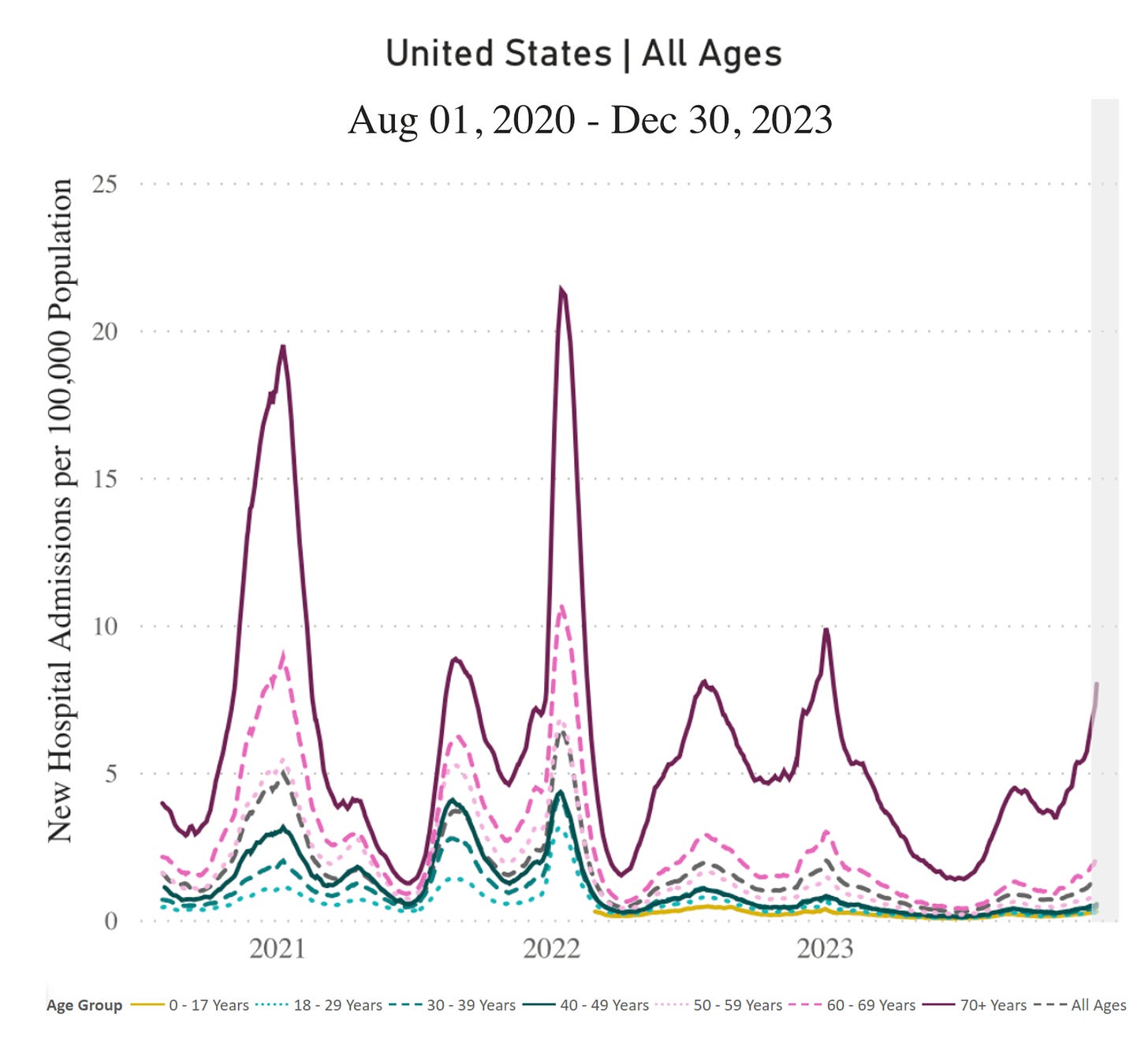


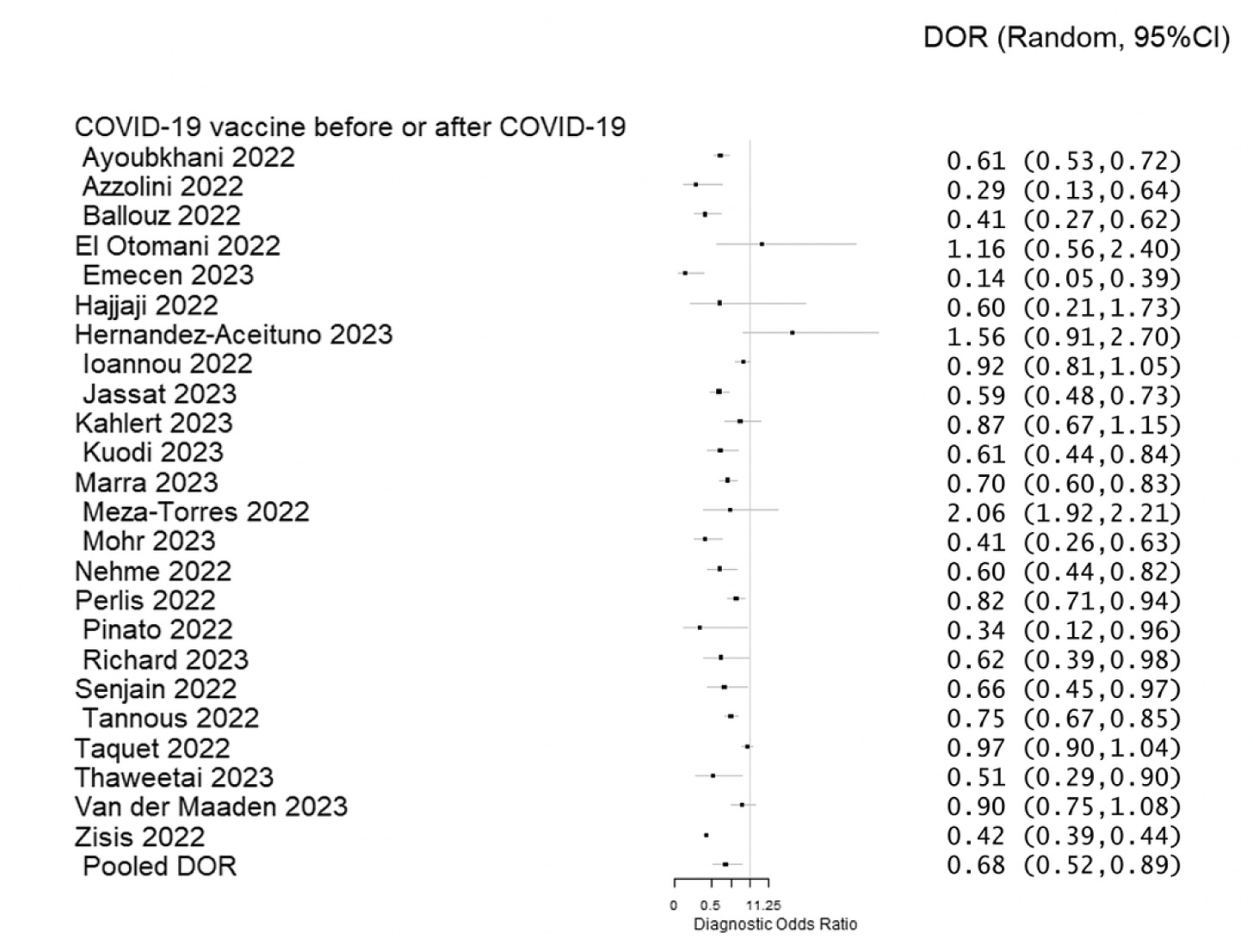
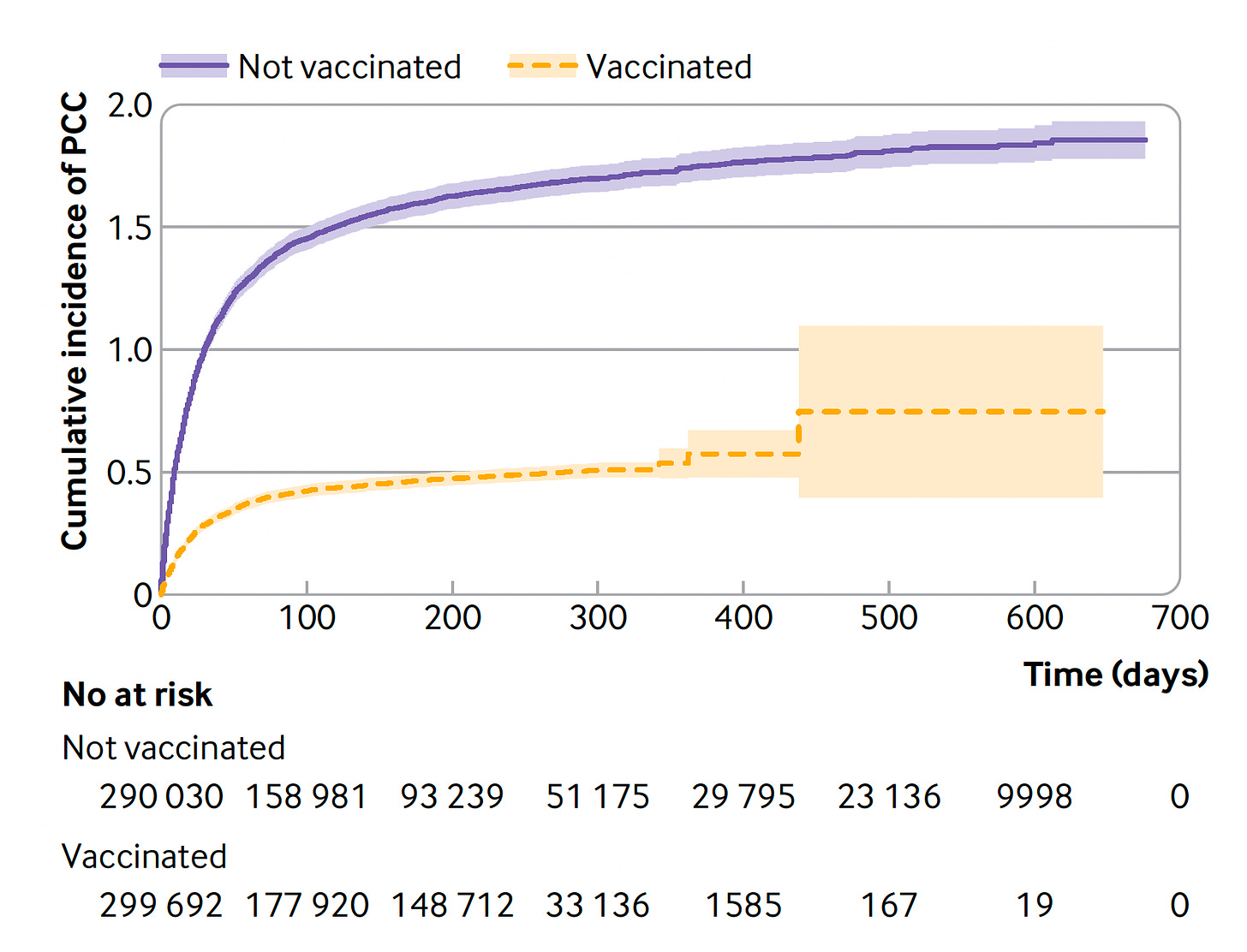
I have to say, because Covid has become so politicized from the very beginning in the US, and with an election this year with so much outside of Covid on the line, I wonder if the decision to not highlight it, talk about it, and especially publicly push for a return to reasonable mitigation is a simple choice being made by the current administration not to risk something that could throw the election.
As a political observer, I understand the decision (if that is, in fact, what’s even happening). But as a person who values her health, I am infuriated at the same time. It is so frustrating to have come to this point in the US where you can’t even talk about returning to masking in congregate indoor settings without kicking off a complete fire storm of disinformation, political risk and denialism.
I guess the question would be, why can’t the current administration kind of quietly invest in picking up the pace on the alternate inhaled vaccines you reference?
Another question would be what happens when these new inhaled vaccines do become available if the uptake on them is not sufficient to do what needs to be done? In other words, if, due to the politicization of Covid generally, only 60% of people take the new vaccines, are we right back where we are today? Or, as I am hoping, will those who take these new inhaled vaccines be able to truly move on without the constant diligence of avoiding infection?
Thank you once again for so clearly explaining what we are facing. I would appreciate additional illumination of the risks of repeated infections, even if mild, with regard to long covid. It might convince some people to be less casual in taking precautions.